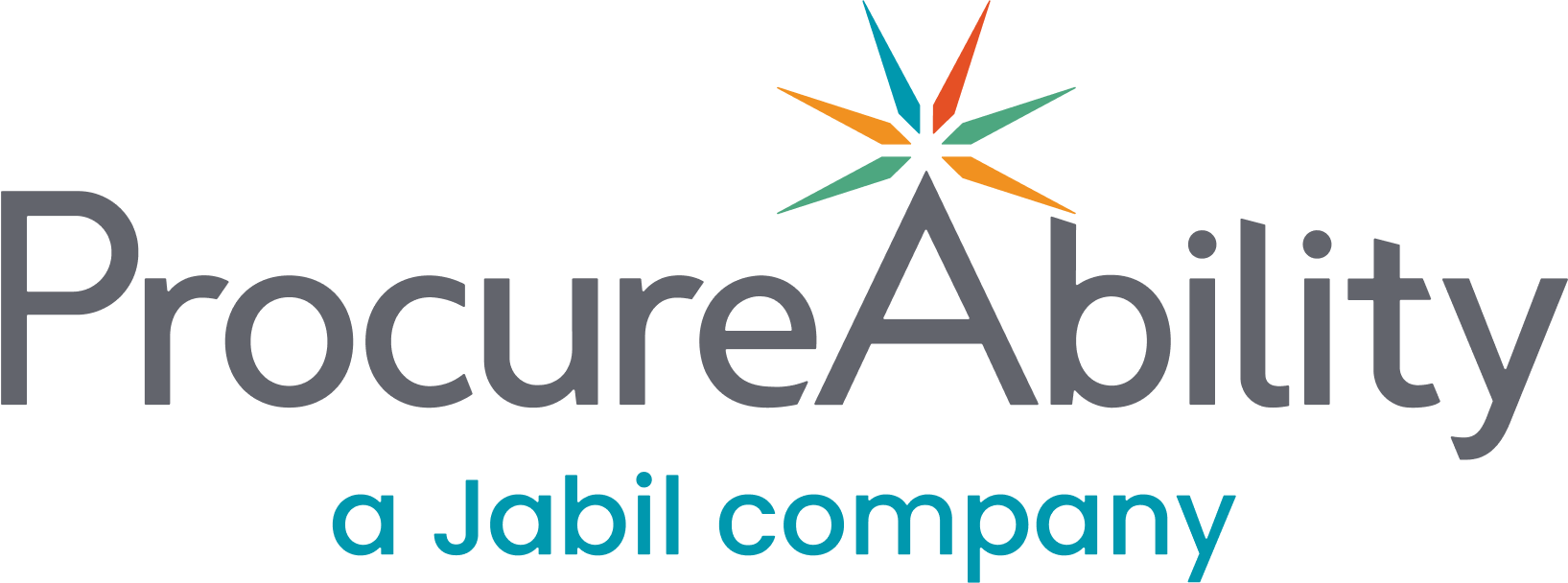Diversity doesn’t live solely within the walls of your company. Supplier diversity programs identify potential suppliers that can inject a high level of diverse goods and services into the supply chain, thereby increasing vendor competition, improving the quality of goods and services, creating greater resiliency and agility, and potentially cutting costs.
An inclusive procurement strategy widens the pool of potential suppliers and promotes competition in the supply base, which can improve product quality and drive down costs. By providing more sourcing options, inclusiveness can make supply chains more resilient and agile—an increasingly important advantage in these uncertain times.
Procurement departments of every stripe have begun to pay close attention to their supplier portfolio, looking at who they buy from and what they can do to promote diversity, equity, and inclusion with their spend.
Defining a Diverse Supplier
A diverse supplier is a business that is at least 51% owned and operated by an individual or group that is part of a traditionally underrepresented or underserved group. Typical diverse categories are varied but the most common categories are listed in the table below. Some of these categorizations are across traditional socio-economic categories, including women-owned or LGBTQ+-owned certifications. Others are newer certification categories that focus on environmentally friendly practices or local- and small-business suppliers.
| Typical Diversity Categories | ||
|
|
|
Diverse Supplier Certifications and Certifying Agencies
The most important goal of a supplier diversity program is to increase the ease of access and visibility of diverse suppliers into the spend portfolio of your company. It can be challenging to glean whether suppliers are diverse and to compare metrics over time. Leveraging existing certifications and certifying agencies can help in this vetting process. Organizations such as the National Minority Supplier Diversity Council have a whole host of resources for your supplier diversity program including MBE-Certification services for vendors and vendor lists by region and type. They also host events to bring vendors and clients together, as well as other useful learning resources. It is advantageous to look at both national and local organizations: National organizations often bring more resources and established vendor lists to bear while local organizations may be more familiar with local communities and state laws governing supplier diversity incentives.
| Common Certifying Agencies | |
State and Local Actions
States and local governments have a strong interest in encouraging a strong diverse business community. To that end, many states have enacted programs and regulations to foster strong diverse supplier programs and make it as easy as possible for you to achieve your portfolio goals. These programs generally fall under two categories:
- Regulations for Regulated Industries and Public Companies: States like California and Illinois have implemented regulations for public procurement programs and those belonging to regulated industries, such as utilities. In Illinois for example, utilities must submit an annual report “on all procurement goals and actual spending for female-owned, minority-owned, veteran-owned, and small business enterprises in the previous calendar year and the utilities’ plan for implementing and realizing their goals for the following year.”
- Supplier Diversity Departments and Programs: Almost every state has a program dedicated to providing resources for both diverse suppliers and those looking to do business with diverse suppliers. These programs help suppliers navigate certification and host certified supplier lists. These programs can also hold events and host valuable informational resources.
Elements of a Comprehensive Supplier Diversity Action Plan
A strong supplier diversity action plan is a comprehensive guiding document meant to increase representation and remove existing barriers for Minority/Women-owned Business Enterprises (MWBE)-certified suppliers. Generally, they are made up of the following features:
- KPI’s/Diversity Metrics: Numbers don’t lie. If you want to tackle the real systemic issues and demonstrate real progress to your employees and to the world, then picking a few key metrics makes all the difference. The table below shows some common metrics including Diverse Spend, New Diverse Suppliers Engaged, and Number of Supplier Diversity Trainings/Events held. Often metrics like percent-of-spend are broken out via product or category cross-sections.
- Current State: Where are you now? Having a clear understanding of the starting point is crucial in this step. It may be challenging to analyze the current metrics and realize that they are not where you want them to be, but by being honest you can position yourself for success.
- Future-State Goals: Where do you want to be in 3 years? In 5 years? These future-state goals should track to the KPIs that you outlined previously in your action plan. They should be challenging yet attainable, and you should have actions or key changes laid out to achieve these goals. They won’t happen on a luck and a prayer alone!
- Responsibility for Updating: A Supplier Diversity Action plan should be a living, breathing document. Otherwise, it could grow stale and outdated. It’s important to have a person or department that is directly responsible for updating and tracking to the metrics outlined in the KPI’s and goals.
| Metric | Definition |
| Diverse Spend | Total spend with diverse suppliers, measured in raw dollars and as a percentage of external spend |
| New Diverse Spend | Total dollars of new, incremental spend with diverse suppliers each year |
| Supplier Count | Total number of engaged diverse suppliers, or narrowed to count of diverse suppliers with spend |
| New Diverse Suppliers Engaged | Total count of new diverse suppliers engaged each year |
| Event Participation | Percentage of sourcing events that include diverse suppliers in the competitive mix |
| Trainings Completed | Count of training and engagement events conducted for diverse suppliers |
Should Your Firm Publish Your Plan?
Many companies keep their supplier diversity plan and goals private in an effort to avoid any negative external reaction to their metrics or to prevent a scenario where expectations are created but which cannot be met.
This is short-sighted and many companies are realizing that publishing diversity targets (or even publishing annual diversity reports) can play a significant part in improving both reputation and candidate attraction. The public (and investors) increasingly expect companies to practice good social governance and a critical part of that is allowing entry for historically under-represented communities into the global supply chain. New employees have come to demand social change; like attracts like, and a company that embeds supplier diversity into its business objectives can attract and retain top-level talent. A diverse supplier program can also help tap into a growing and changing customer base.
Many firms are putting both financial and human capital resources towards achieving their greater supplier diversity goals:
| Company | Articulated Targets |
| Coca-Cola | $1B in diverse supplier spend by 2025 |
| PWC | 40% of external spend with diverse suppliers by 2026 |
| Intel | $2B in diverse spend by 2030; $800MM by 2023 |
| McDonalds | $3.5B (25%) of external spend with diverse suppliers |
| Target | $2B by 2025 |
| F100 Average | 10% of external spend with diverse suppliers; average target is 20% by 2025 |
Procurement firms of the future look to weave DEI into all facets of their organization’s ecosystem, recognizing that doing the right thing is also the right thing for business.




